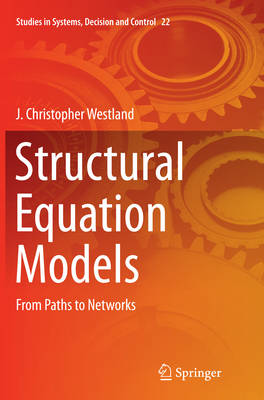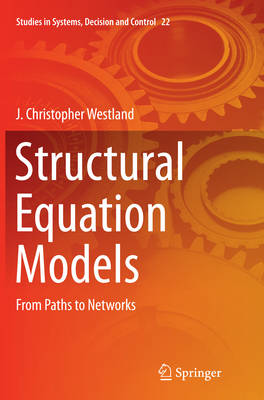
- Afhalen na 1 uur in een winkel met voorraad
- Gratis thuislevering in België vanaf € 30
- Ruim aanbod met 7 miljoen producten
- Afhalen na 1 uur in een winkel met voorraad
- Gratis thuislevering in België vanaf € 30
- Ruim aanbod met 7 miljoen producten
Omschrijving
This compact reference surveys the full range of available structural equation modeling (SEM) methodologies. It reviews applications in a broad range of disciplines, particularly in the social sciences where many key concepts are not directly observable. This is the first book to present SEM's development in its proper historical context-essential to understanding the application, strengths and weaknesses of each particular method. This book also surveys the emerging path and network approaches that complement and enhance SEM, and that will grow importance in the near future. SEM's ability to accommodate unobservable theory constructs through latent variables is of significant importance to social scientists. Latent variable theory and application are comprehensively explained and methods are presented for extending their power, including guidelines for data preparation, sample size calculation and the special treatment of Likert scale data. Tables of software, methodologies and fit statistics provide a concise reference for any research program, helping assure that its conclusions are defensible and publishable.
Specificaties
Betrokkenen
- Auteur(s):
- Uitgeverij:
Inhoud
- Aantal bladzijden:
- 175
- Taal:
- Engels
- Reeks:
- Reeksnummer:
- nr. 22
Eigenschappen
- Productcode (EAN):
- 9783319386317
- Verschijningsdatum:
- 17/10/2016
- Uitvoering:
- Paperback
- Formaat:
- Trade paperback (VS)
- Afmetingen:
- 155 mm x 235 mm
- Gewicht:
- 3275 g

Alleen bij Standaard Boekhandel
Beoordelingen
We publiceren alleen reviews die voldoen aan de voorwaarden voor reviews. Bekijk onze voorwaarden voor reviews.











